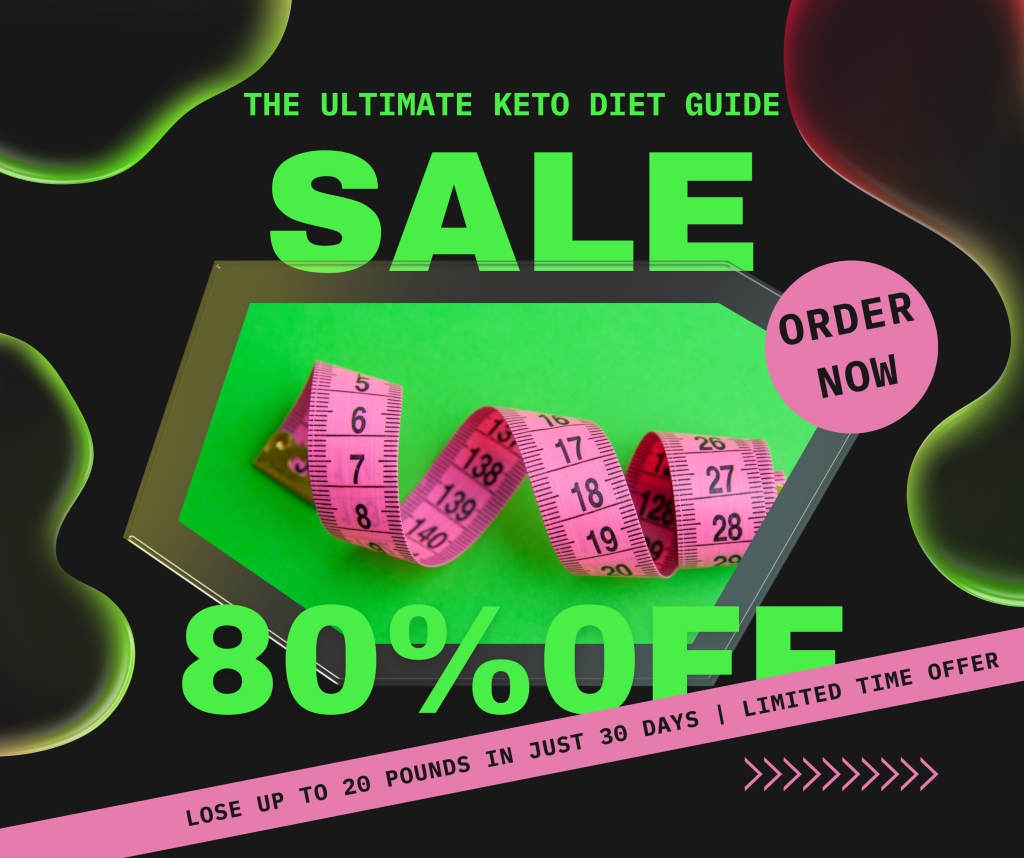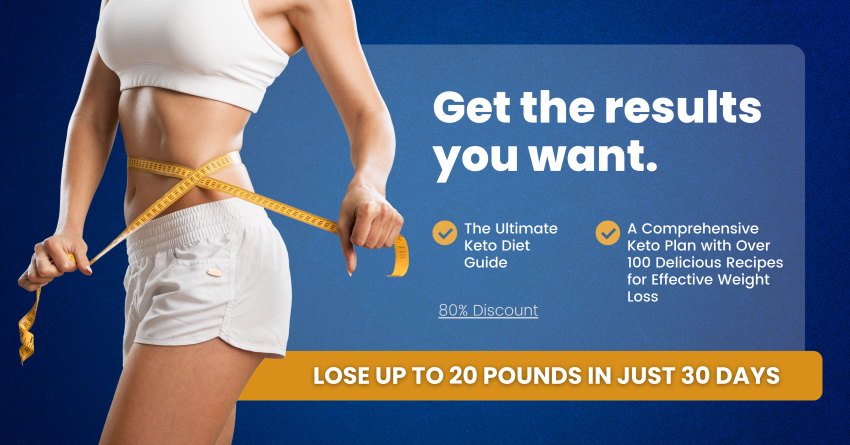

Are you looking to kickstart your health and fitness journey with a new and exciting meal plan? The ketogenic diet, also known as the keto diet, has gained popularity in recent years for its ability to help individuals lose weight, improve their energy levels, and enhance their overall well-being. If you’re interested in starting a keto meal plan but aren’t sure where to begin, this ultimate guide will provide you with all the information you need to get started.
What is the Keto Diet?
The keto diet is a high-fat, low-carbohydrate diet that focuses on consuming healthy fats, moderate amounts of protein, and very few carbohydrates. By reducing your carbohydrate intake and increasing your fat consumption, your body enters a state of ketosis, where it burns fat for fuel instead of glucose. This shift in metabolism can lead to rapid weight loss, improved mental clarity, and increased energy levels.
Benefits of the Keto Diet
There are numerous benefits to following a keto meal plan, including:
– Weight loss: The keto diet can help you shed pounds quickly by promoting fat burning and reducing hunger cravings.
– Improved energy levels: By relying on fat for fuel instead of carbohydrates, you may experience a steady and sustained source of energy throughout the day.
– Mental clarity: Many individuals report feeling sharper and more focused when following a ketogenic diet.
– Reduced inflammation: The keto diet has been shown to reduce inflammation in the body, which can help alleviate symptoms of chronic pain and disease.
Getting Started with a Keto Meal Plan
To begin your keto meal plan, it’s important to focus on consuming high-quality, nutrient-dense foods that are low in carbohydrates. Here are some tips to help you get started:
1. Calculate your macronutrient ratios: The standard macronutrient ratios for the keto diet are 70-75% fat, 20-25% protein, and 5-10% carbohydrates. Use a macro calculator to determine how many grams of each macronutrient you should consume each day.
2. Stock up on keto-friendly foods: Fill your pantry and refrigerator with keto-friendly staples such as avocados, coconut oil, grass-fed butter, olive oil, nuts and seeds, and low-carb vegetables like spinach, broccoli, and cauliflower.
3. Plan your meals: To ensure you stick to your keto meal plan, it’s important to plan your meals in advance. Create a weekly meal plan that includes a variety of high-fat, low-carb dishes.
4. Track your progress: Keep a food diary or use a tracking app to monitor your daily macronutrient intake and track your weight loss progress.
5. Stay hydrated: Drink plenty of water throughout the day to help your body stay hydrated and support optimal fat burning.
With these tips in mind, you’ll be well on your way to starting a successful keto meal plan that will help you achieve your health and fitness goals. Remember to consult with a healthcare professional before starting any new diet plan, especially if you have an underlying medical condition.






